Sweden stamps of ~1877-1878 with perforation 13 (often “Ringtype / Numeral in circle” issues).
Key Features & Identification
- The design is called “Ringtyp” or “Ring type” / “Numerals in circle” (value numeral inside a circular frame).
- These are perforated 13 (often noted just “perf. 13”) — differentiating them from earlier issues that were perf. 14.
- They are part of the 1877-1879 issue period for Sweden.
Typical Denominations & Colours
Some of the known values include:
| Denomination | Colour / Shade | Notes |
|---|---|---|
| 3 öre | an orange-brown / reddish tone | common variant in 1877 perf.13. |
| 4 öre | shades of orange etc.1 | |
| 6 öre | red violet / dark red violet etc. | |
| 12 öre | medium blue; darker blue; shaded numeral varieties. | |
| 20 öre | vermilion (red); some varieties. | |
| 24 öre | orange etc. | |
| 30 öre | brown tones, etc. | |
| 50 öre | brownish, etc. | |
| 1 riksdaler | bi-coloured, etc. |
Varieties & Special Features
- There are colour/shade varieties, especially with the 12 öre blue (lighter / darker blues) and differences in paper and gum condition.
- Some stamps have broken numerals or “open” parts in the number (e.g. 0 or other digits) which collectors look for.
- Later on (from ~1886) some of these “Ringtype perf 13” stamps have a posthorn printed in blue on the back under the gum. But the 1877-1878 ones usually don’t have that.
Rarity & Value Considerations
- Many of these are not super rare; used stamps are fairly common. But mint (unused) condition, with good centering and original gum, especially of higher values (like 50 öre or 1 riksdaler) or with rare cancellations, can be considerably valuable.
- Certain special shades or paper types are scarcer. Also, misprints (e.g. in value inscriptions) are very desirable in collector circles.
- Usage on cover, special cancellations (railway, ship mail, etc.) also raise value.



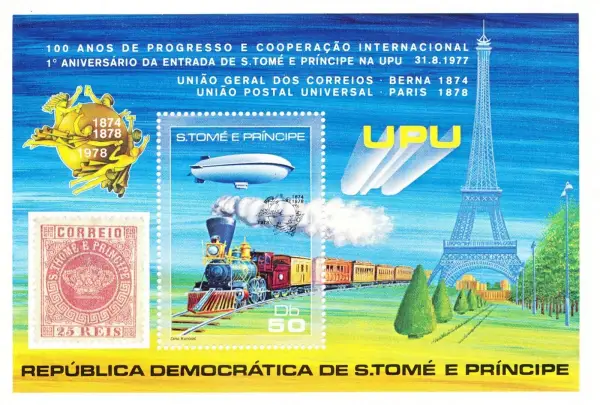
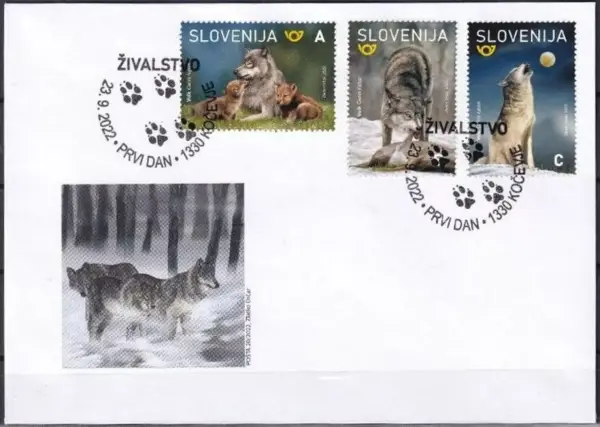
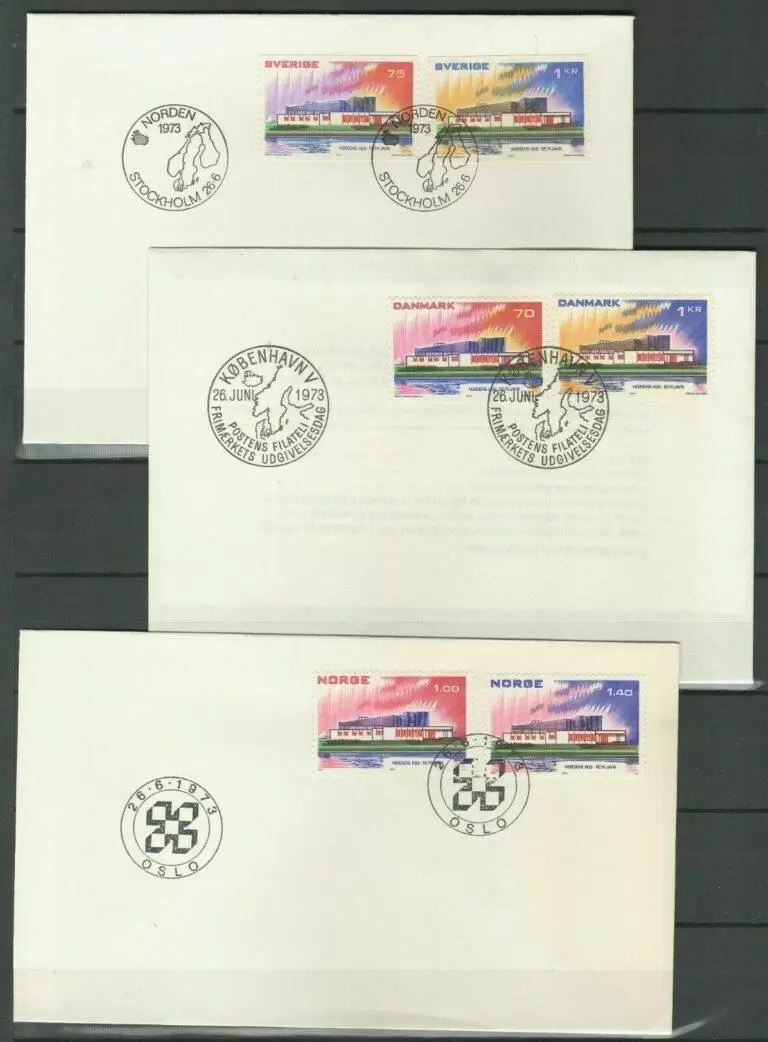
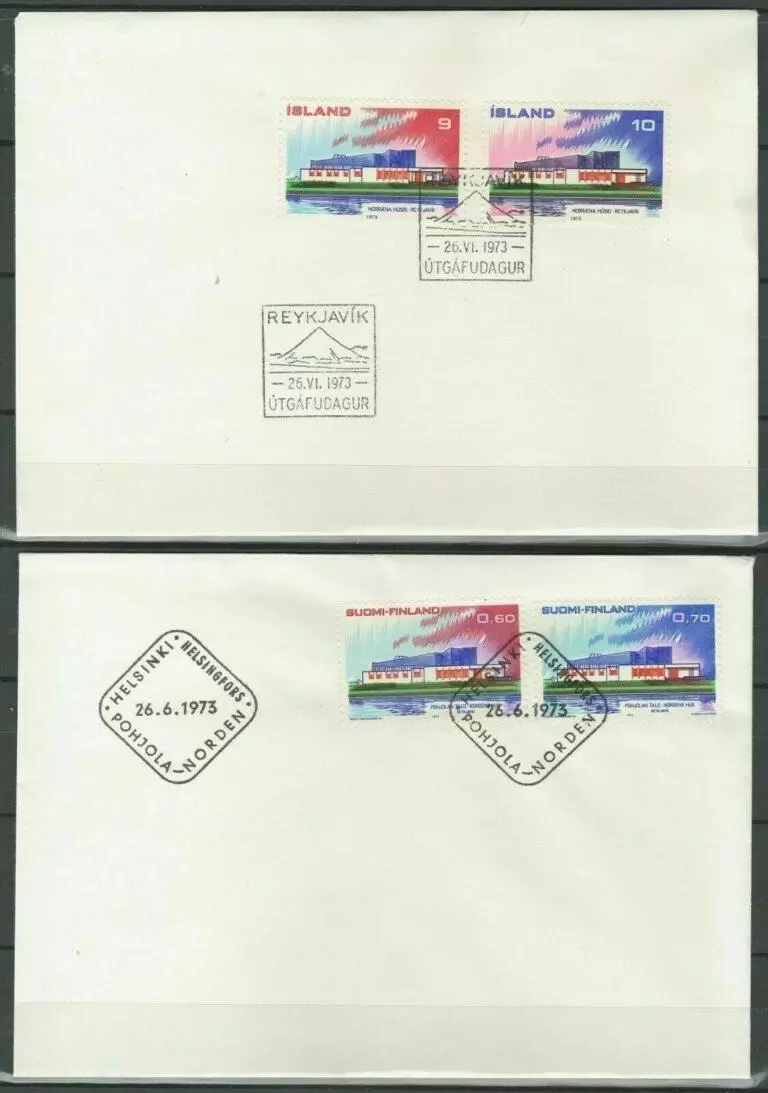
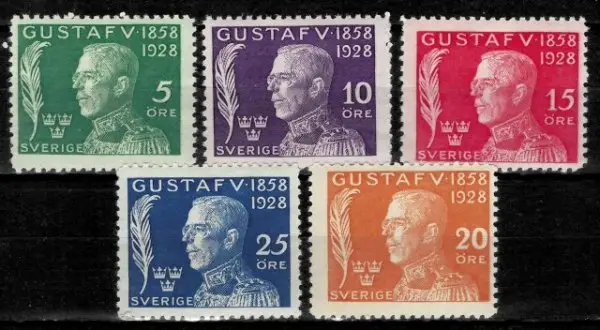
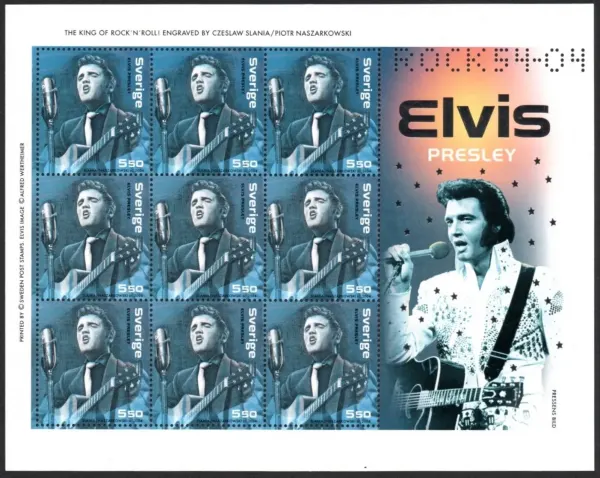
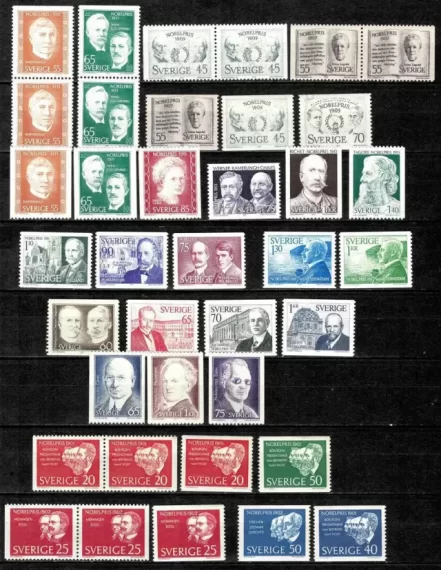
Reviews
There are no reviews yet.